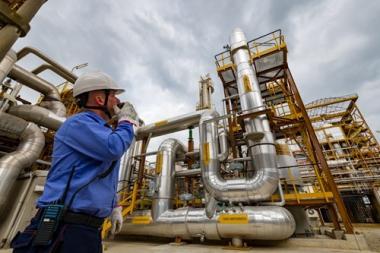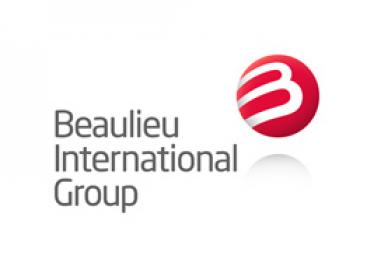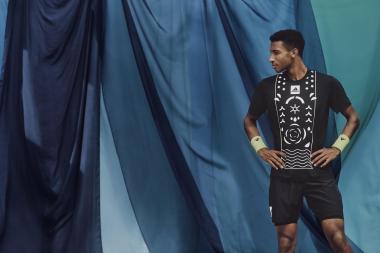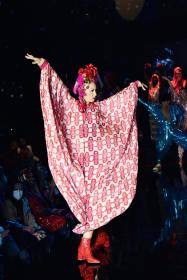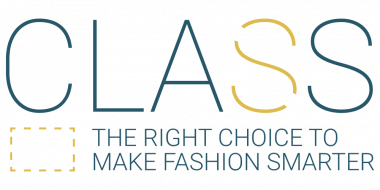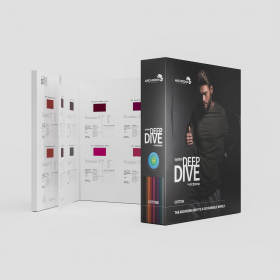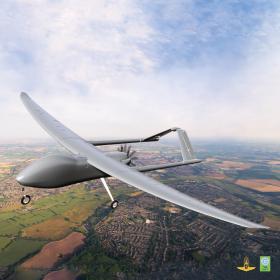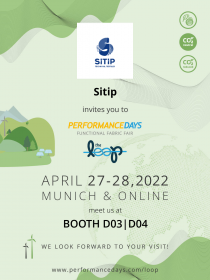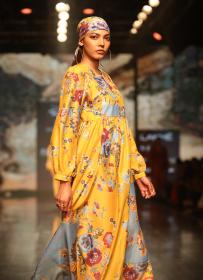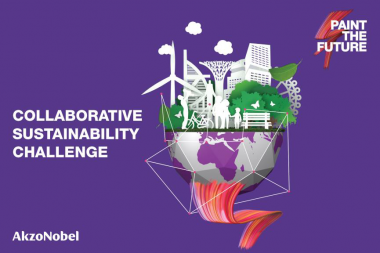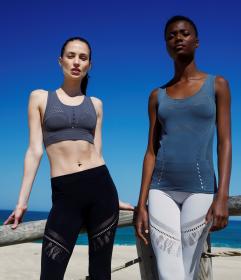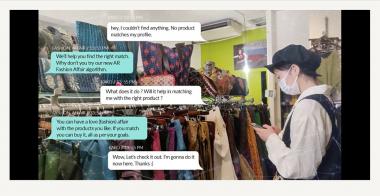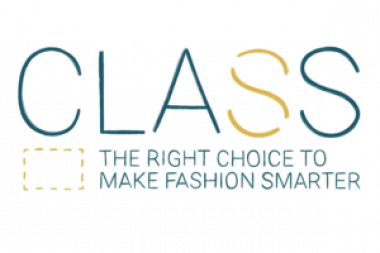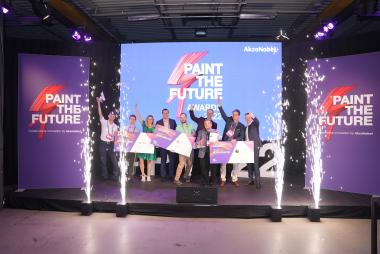GFA: New sustainability actions at Global Fashion Summit
The Global Fashion Summit was hosted by Global Fashion Agenda (GFA) in Copenhagen on 7-8 June. The event was centred around the theme ‘Alliances for a New Era’ and convened over 900 leaders from brands, retailers, NGOs, policy, manufacturers, and innovators to drive urgent action.
Attendees heard from 112 speakers including HRH The Crown Princess of Denmark; Marie-Claire Daveu, Chief Sustainability & institutional Affairs Officer, Kering; Leo Rongone, CEO, Bottega Veneta; Thierry Andretta, CEO, Mulberry; Lily Cole, Author & Podcaster on climate solutions and Advisor for UNECE; Nicolaj Reffstrup, Founder, GANNI; Maximillian Bittner, CEO, Vestiaire Collective; Paul Polmon, Co-Author, Net Positive; Bobby Kolade, Fashion Designer; Halide Alagöz, Chief Product Officer, Ralph Lauren Corporation; Aditi Mayer, Sustainable fashion blogger and labor rights activist; Lindita Xhaferi Salihu, Fashion Charter Lead, UNFCCC; and more.
Multiple companies, such as GFA, Ralph Lauren, Apparel Impact Institute, Fashion Revolution, GANNI, TrusTrace and Mulberry, chose to announce their latest sustainability measures at the landmark event.
Innovation Forum connected fashion companies with sustainable solution providers
This year’s Summit also presented an Innovation Forum, enabling small and large companies to meet with 24 sustainable solution providers – equipping them with the tools to turn words into meaningful actions. More than 300 facilitated business meetings between fashion companies and sustainable solution providers took place during the two days of the Summit.
GFA









